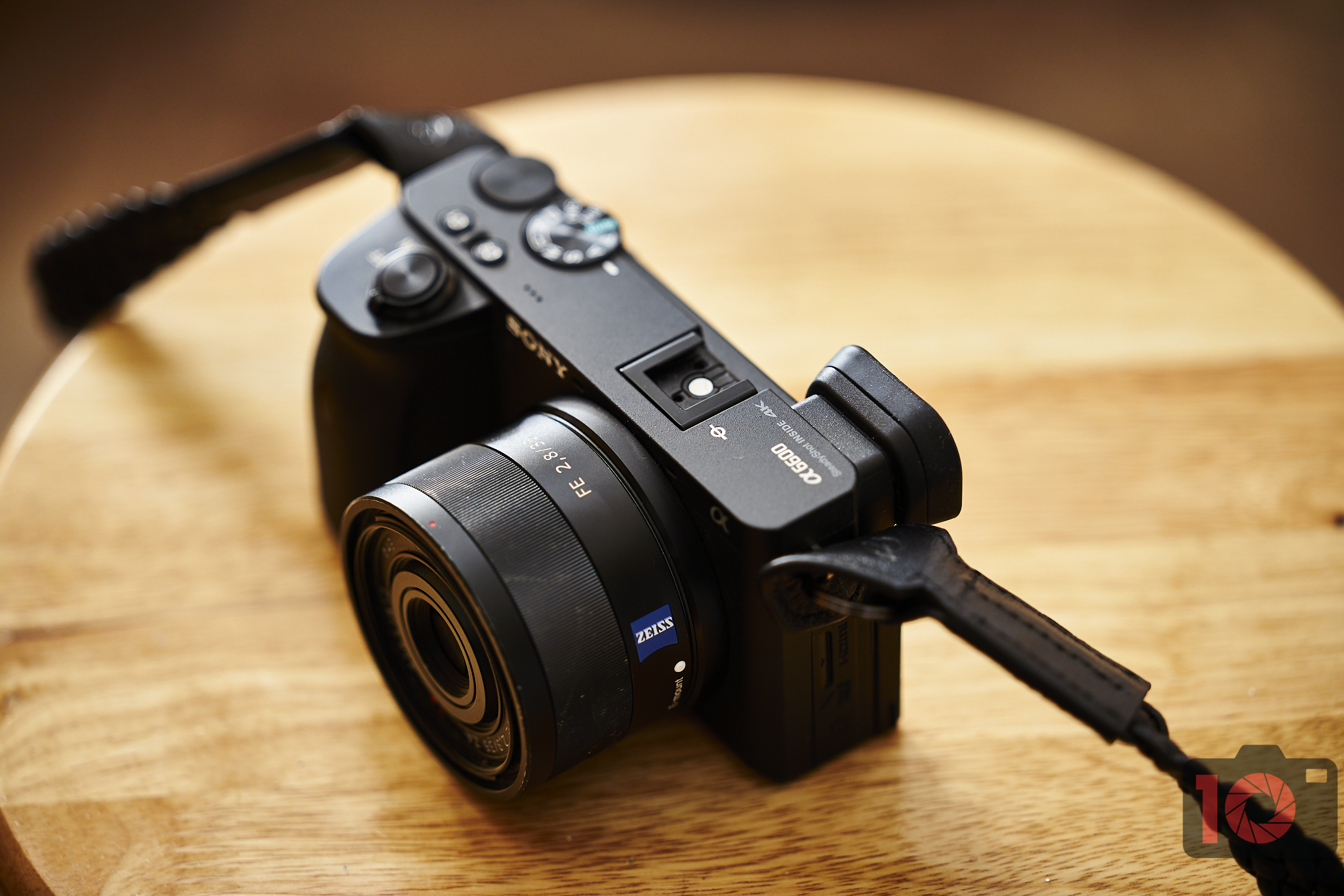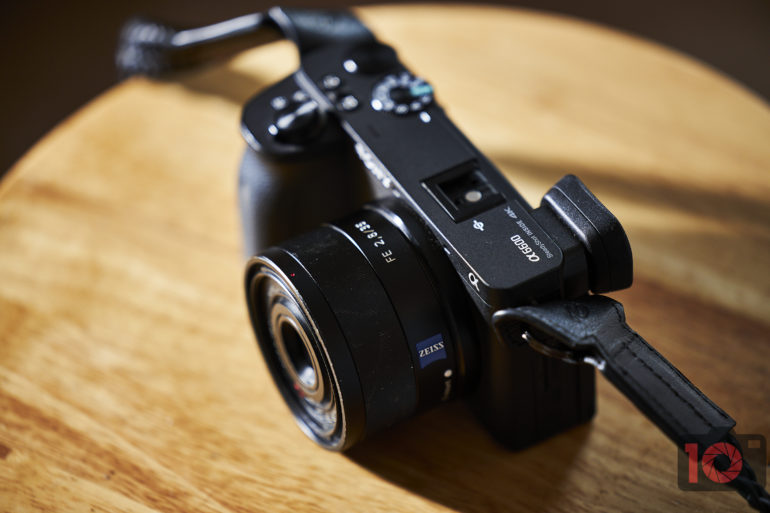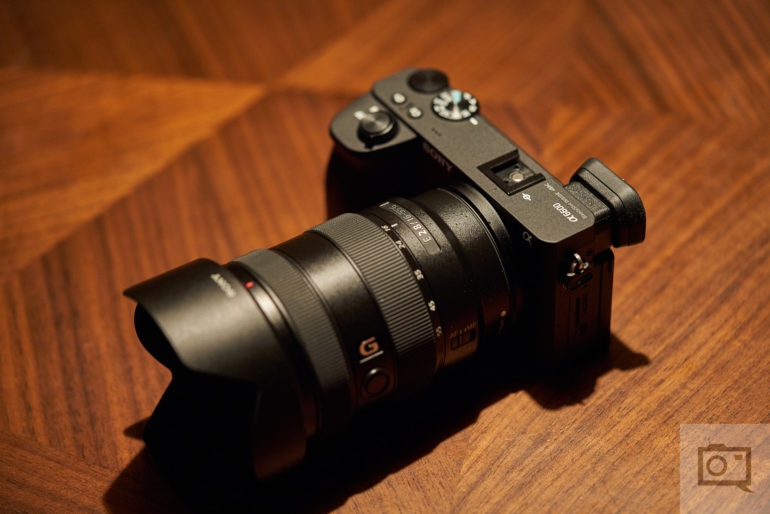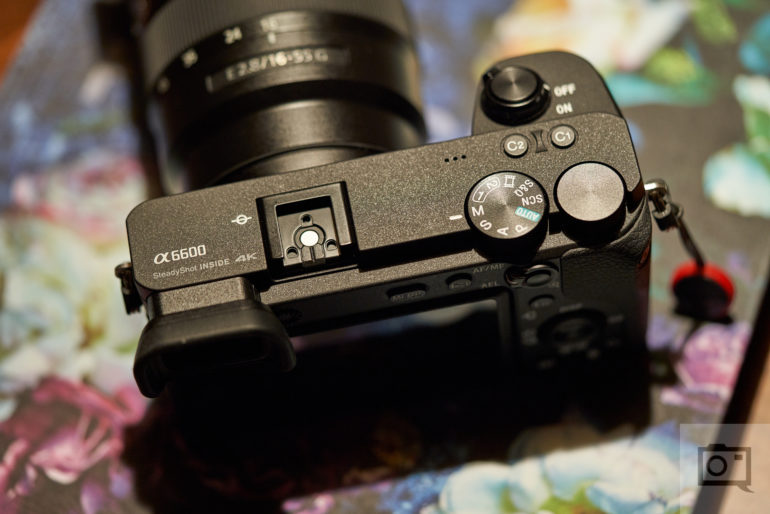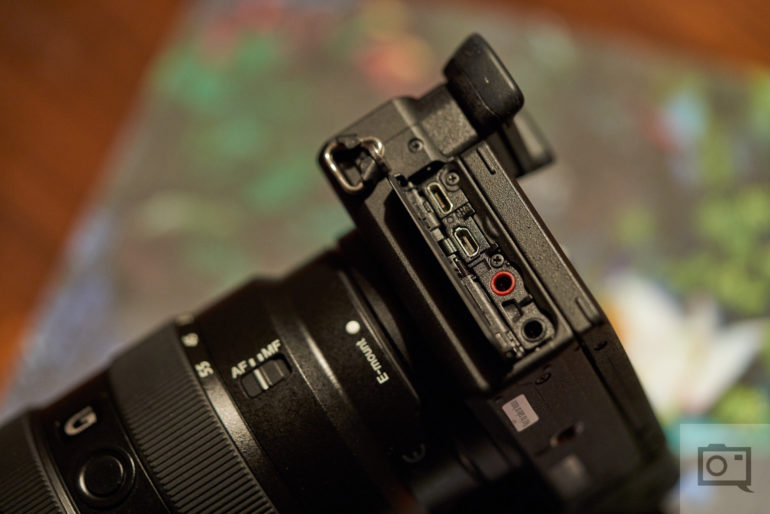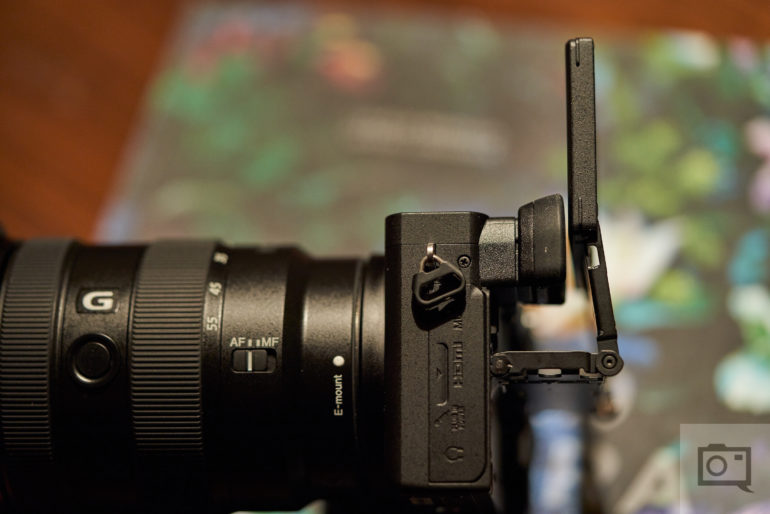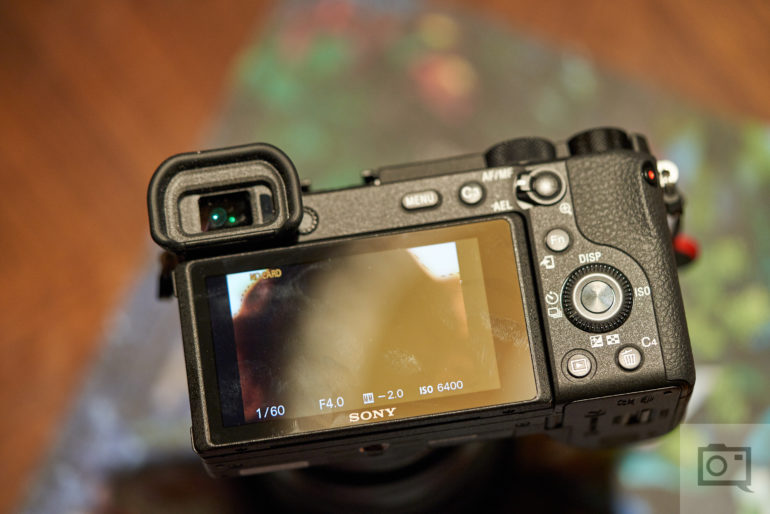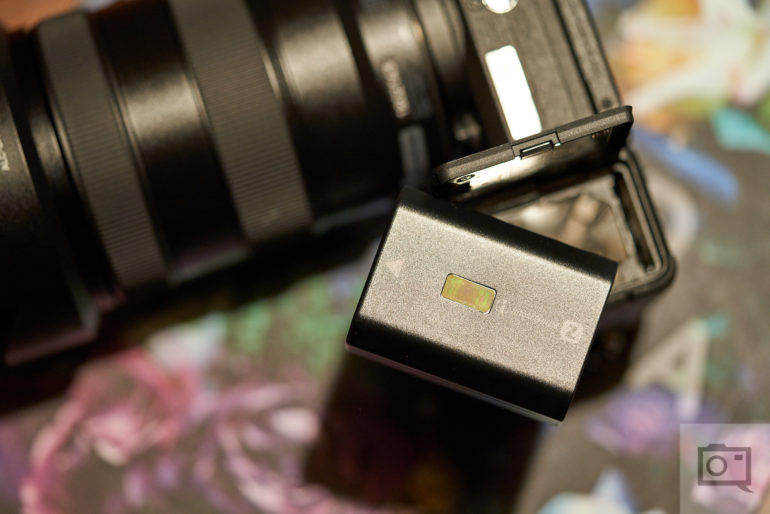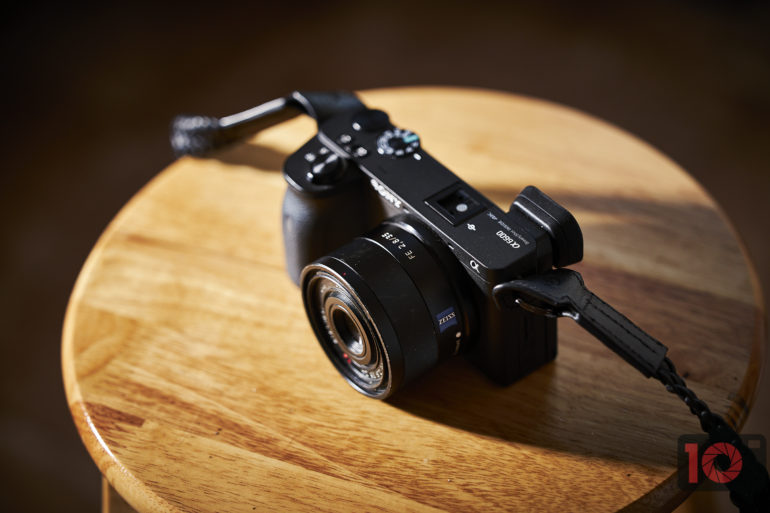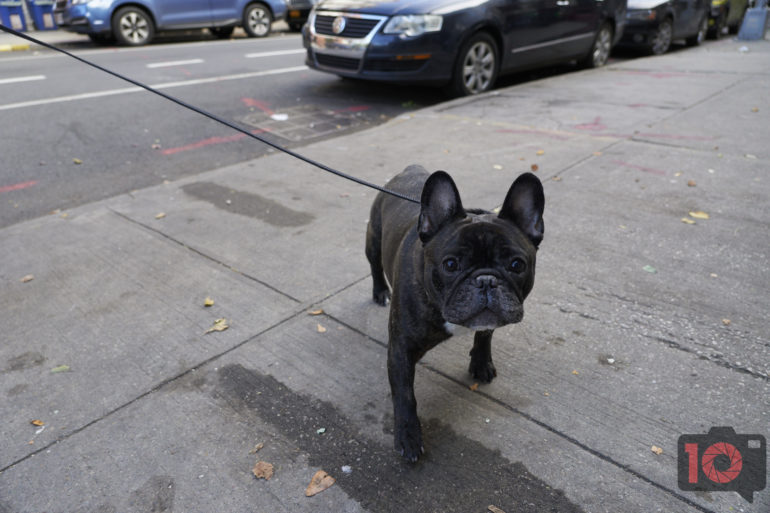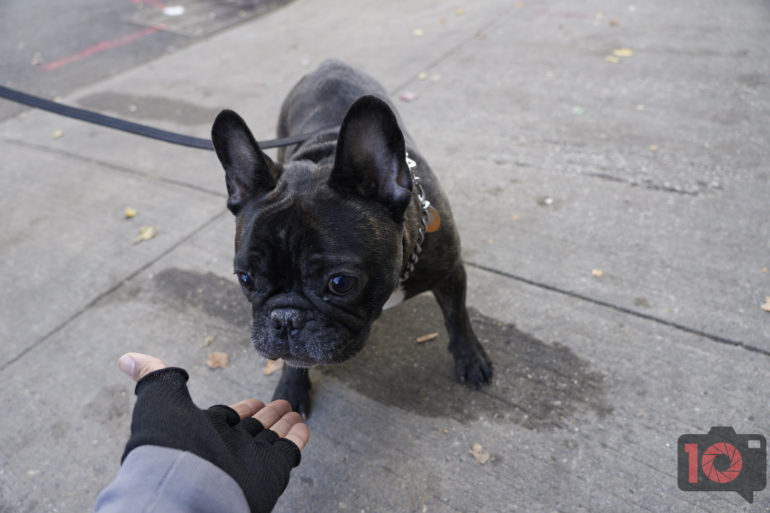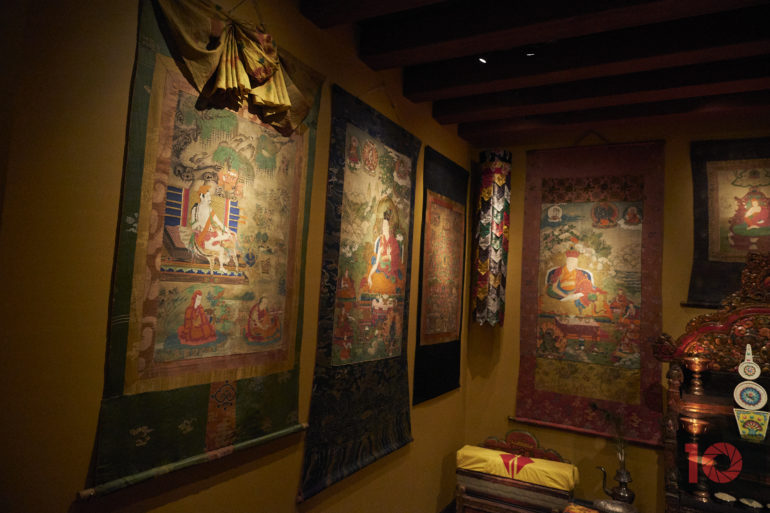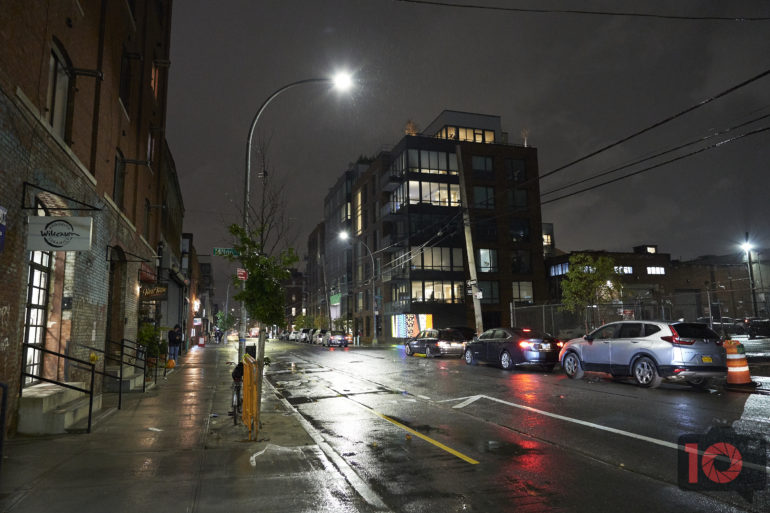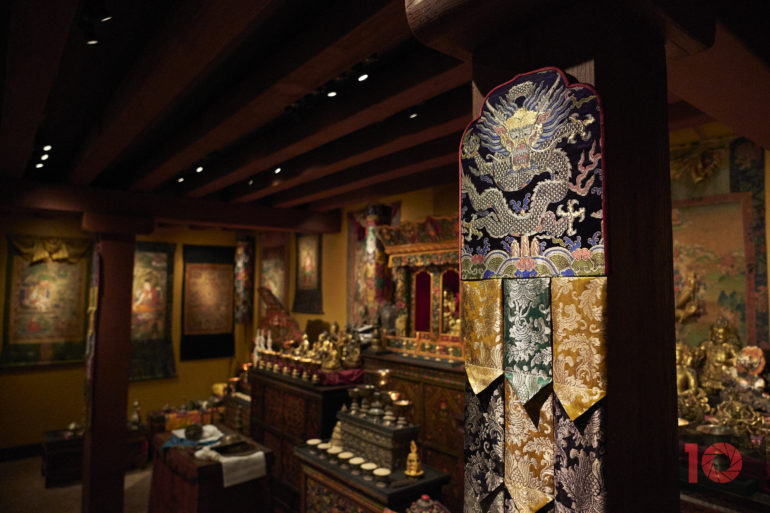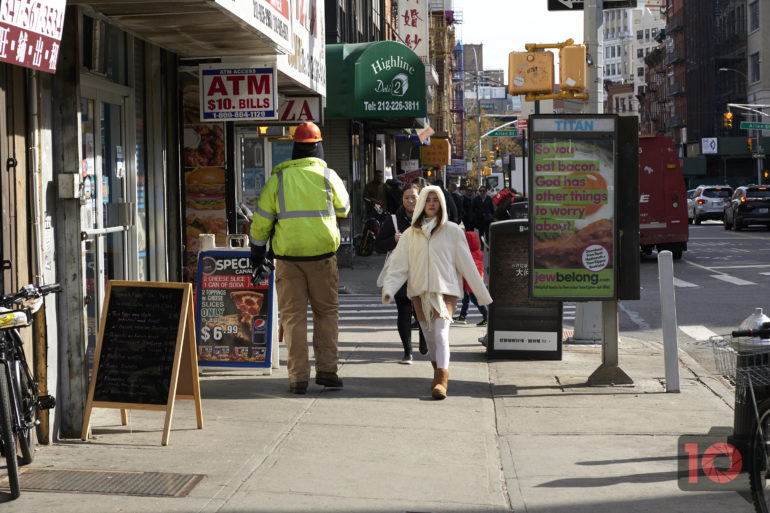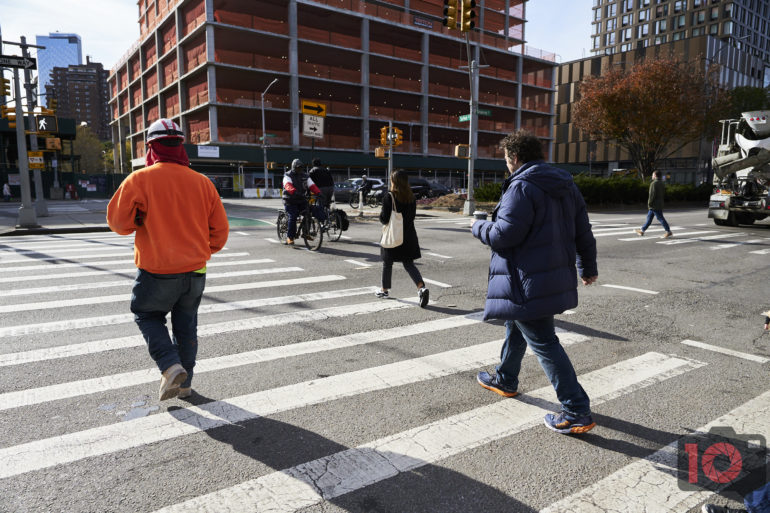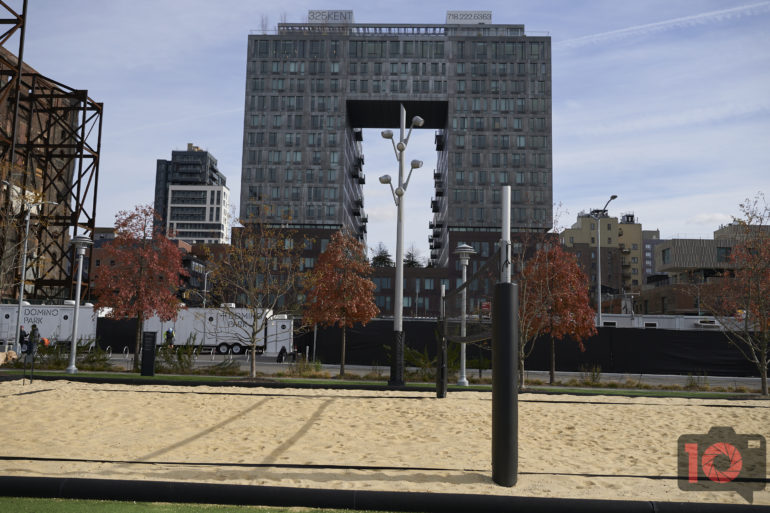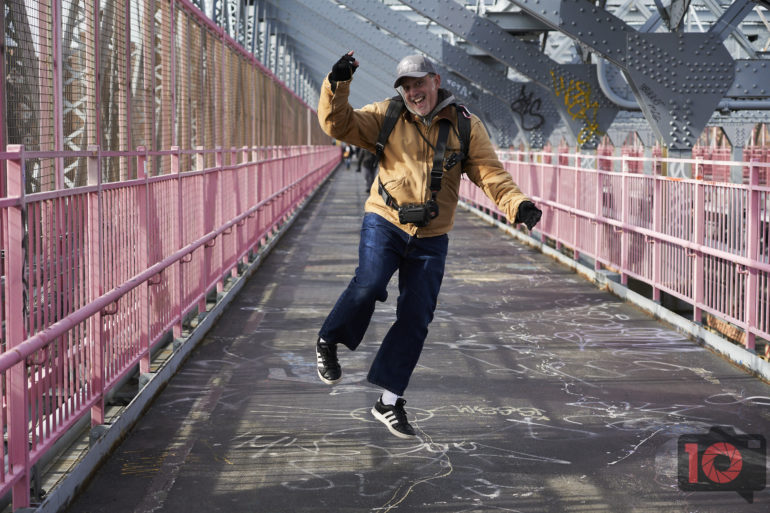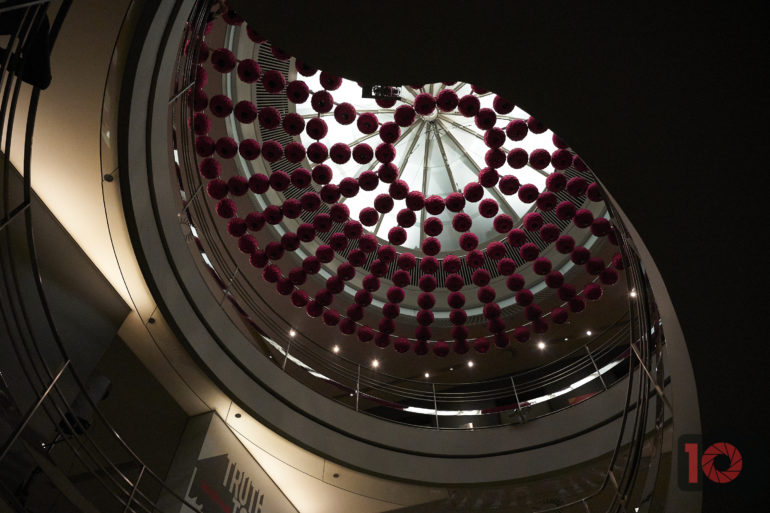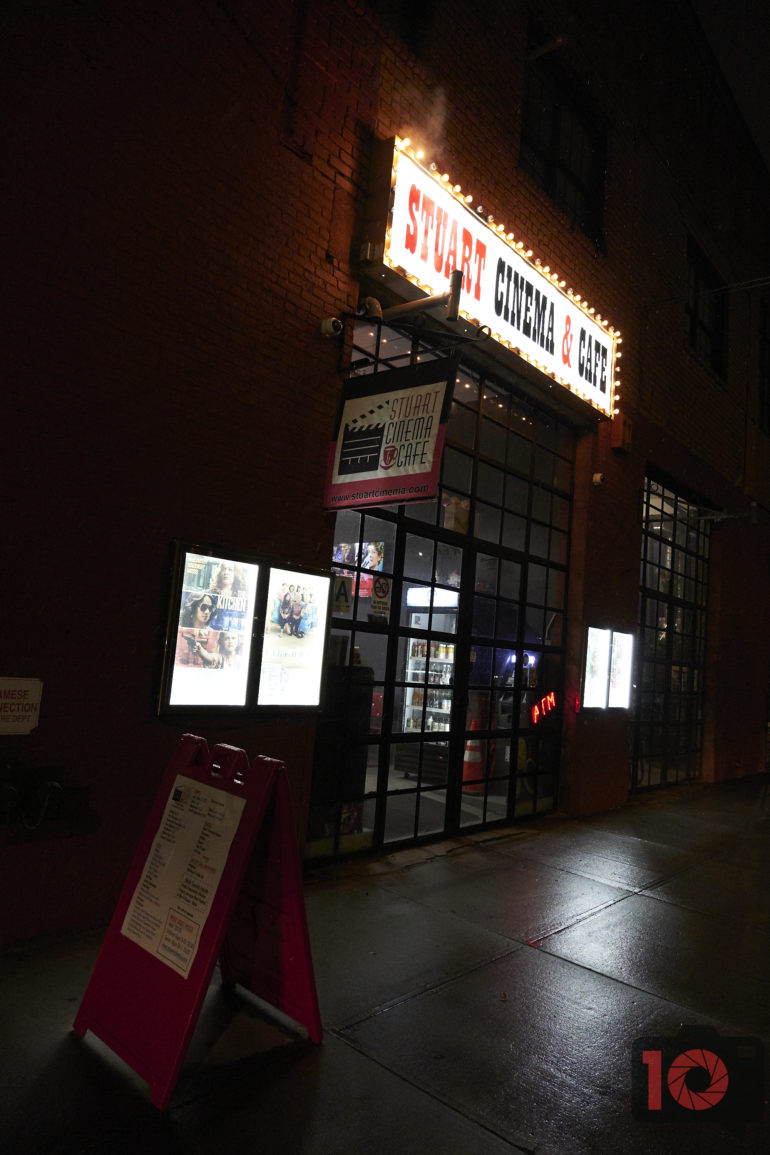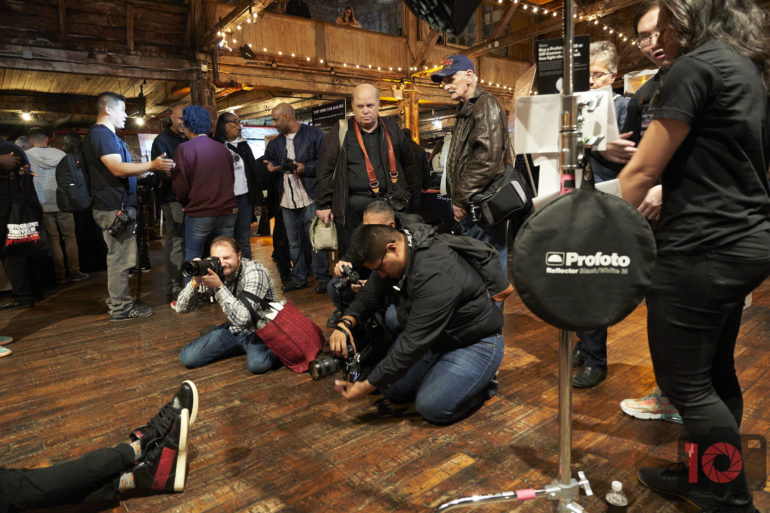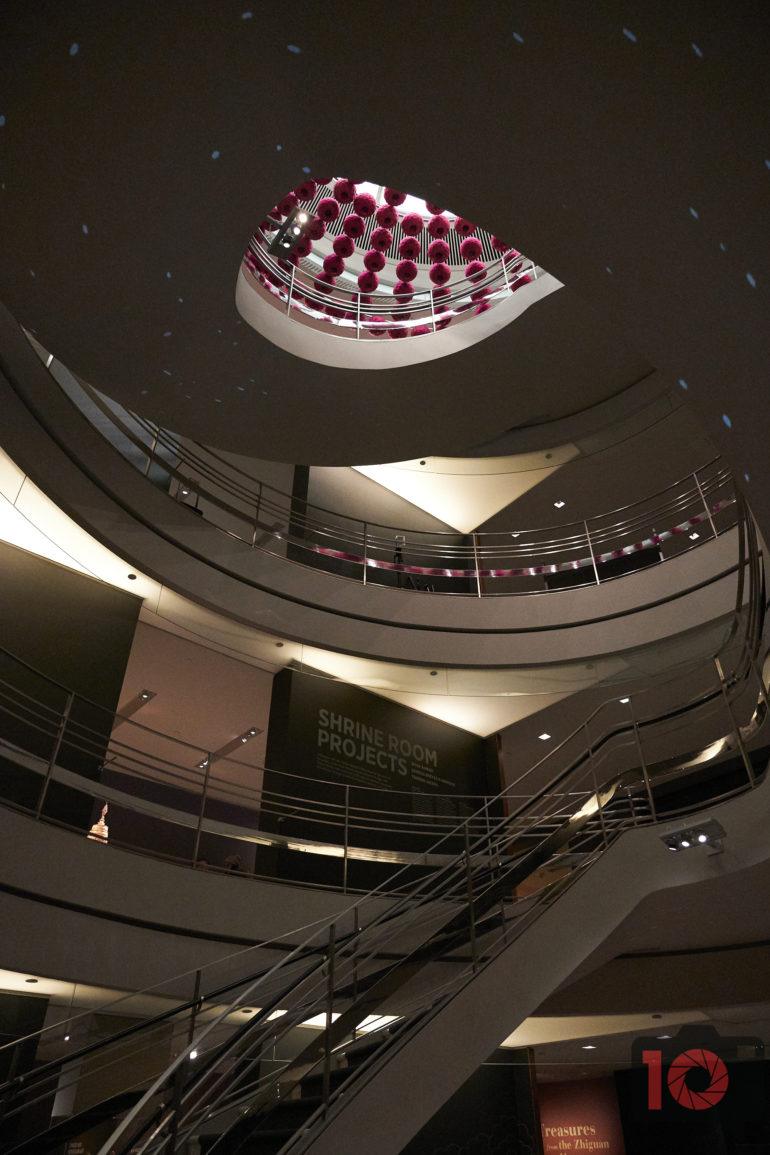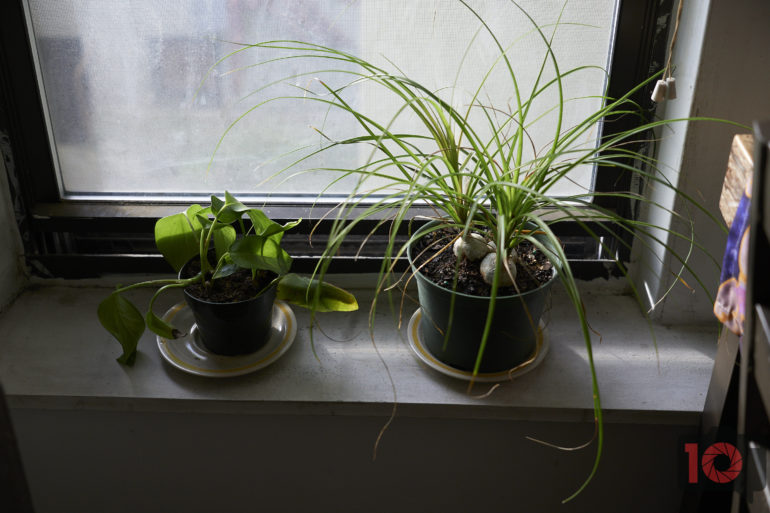Last Updated on 02/04/2020 by Brett Day
The Sony a6600 is made by the industry’s most innovative company that somehow forgets to do many things to make their cameras better.
The Sony a6600 is an excellent camera on paper. With image stabilization, a bigger battery, weather sealing, and the Sony a9’s autofocus system, it’s tough to find any fault with it behind the screen of a computer. But when you experience it in person, you realize there is so much that’s backward with it. The Sony a6600 starts to feel not like a camera at all. Instead, it embraces the criticism that Sony makes a fantastic image taking devices that don’t feel like cameras, but that sort of work like them. For the newer type of photographers who came up with the Instagram generation, you’ll be okay with it. But when you use other camera systems, you realize there is a whole lot wrong here. That’s not to necessarily say Sony didn’t do things right, though. And at $1,398, this camera isn’t that bad.
Editor’s Note: Reviews Editor Paul Ip took the first press trip for the Sony a6600. That trip was all-expenses paid by Sony. I, however, conducted this full review on our own bill. The Phoblographer has maintained incredibly strong editorial policies for years. While we’re often bedazzled by the cool factor of press trips, Phoblographer’s Editors are trained to freely speak their mind. As you’ll see, I do exactly that in this review.
Table of Contents
Pros and Cons
Pros
- Feels better than all other APS-C Sony cameras
- It’s a mini a9
- The bigger battery is a very welcome addition. It gives lots of extra life
- Weather sealing is nice
- Image stabilization
- The combined weather sealing and bigger battery mean you can go all day on a single charge
- Lightweight and small-sized camera
- Quiet shutter in addition to the silent option
- A lot of buttons that help you get around some of the issues, but these shouldn’t be issues to begin with
- Fast-focusing even on the streets with continually changing light
- There is almost no reason to take it off of wide tracking and continuous autofocus. If you want something specific in focus, you can still use the override of the touchscreen focus point selection even in that mode.
- Face detection for animals is very fun.
- Low ISO detail retention in highlights and shadows is pretty good.
Cons
- No lock on the mode dial
- Sony refuses to give us three direct control dials. Why?
- Sony refuses to put a joystick on the back. This would be better than using the top right of the touch screen
- No Dual Card Slots? Fujifilm has those
- Face detection doesn’t seem as advanced as the a7 and a9 series. It couldn’t get faces with sunglasses
- Sony still limits a photographer from having full use of the touchscreen in a way similar to Canon and Panasonic. A touchscreen menu would solve the issue of navigating their endlessly growing menu system. I do not want to go to your Quick Menu. I want to get exactly what I need in two taps of the screen.
- The screen is sort of low resolution compared to the full-frame cameras, and it really shows its age. It’s not 2012 anymore.
- I’d really like a full-frame version of this camera. I’ve been wanting a rangefinder-style full-frame autofocus camera, and no one makes it yet.
- It needs a viewfinder that flips up
- Focus peaking on the APS C bodies used to be amazing, and now it’s crap. I used 7Artisan lenses for M mount on this camera, and it wasn’t getting anything sharply in focus despite the focus peaking saying so
- Detail loss above ISO 3200. In fact, ISO 3200 and above is just not clean
- Why no USB C charging or port? Only Mini?
Gear Used
We tested the Sony a6600 with:
- Profoto B10 / (Review Here)
- Sony 16-55mm f2.8 G /
- Lensbaby Edge 35 and Composer Pro / (Review Here)
- 7Artisans 50mm f1.1 / (Review Here)
- 7Artistans 28mm f1.4 / (Review Here)
- Sony 35mm f2.8 FE / (Review Here)
Tech Specs
Tech specs for the Sony A6600 taken from Sony’s official product page.
- Fast 0.02-s2 AF, with 425 phase-detection AF points
- Real-time Tracking and Real-time Eye AF, to detect and hold onto moving subjects
- 5-axis optical image stabilization for rock-solid shooting
- 24.2-megapixel10 APS-C Exmor™ CMOS image sensor
- High-resolution 4K HDR (HLG) movie recording1, with diverse movie features
- LENS COMPATIBILITY
- Sony E-mount lenses
- SENSOR TYPE
- APS-C type (23.5 x 15.6 mm), Exmor® CMOS sensor
- NUMBER OF PIXELS (EFFECTIVE)
- Approx. 24.2 megapixels
- ISO SENSITIVITY (RECOMMENDED EXPOSURE INDEX)
- AUTO (ISO 100-6400, selectable lower limit and upper limit), Movies: ISO 100-32000 equivalent, AUTO (ISO 100-6400, selectable lower limit and upper limit), Still images: ISO 100–32000 ((ISO numbers up from ISO 50 to ISO 102400 can be set as expanded ISO range.),
- BATTERY LIFE (STILL IMAGES)
- Approx. 720 shots (Viewfinder) / Approx. 810 shots (LCD monitor) (CIPA standard)19
- VIEWFINDER TYPE
- 1.0 cm (0.39 type) electronic viewfinder (color)
- MONITOR TYPE
- 2.95 in (3.0-type) wide type TFT
Ergonomics
Taken from our first impressions
Meet the Sony A6600. Aside from the more substantial handgrip, the rest of the camera looks nearly identical to previous models in Sony’s 6000 series of mirrorless APS-C cameras. The front of the camera is a minimalist affair, with the sole button being the lens release button situated between the handgrip and the lens mount.
On the top of the camera, you’ll find the hot shoe, mode and control dials, and a pair of customizable buttons. The Shutter button and the On/Off switch can be found on top of the handgrip. Previous 6000 series cameras included a pop-up flash that was located to the right of the hot shoe, noticeably missing on the new A6600.
In terms of connectors, the A6600 includes a Micro USB port, Micro HDMI port, and dedicated Microphone and Headphone jacks. All of these are tucked away behind a newly designed door mechanism that feels sturdier than those found on previous models.
The tiltable screen first introduced in the A6400 makes a return in the A6600: useful when taking self-portraits or vlogging.
The rest of the A6600’s controls are found on the rear of the camera, with the tiltable rear LCD dominating much of the real estate. Above the LCD, you’ll find the OLED Electronic Viewfinder, Diopter Adjustment Dial, Menu button, and an additional Customizable button. The AF/MF/AEL switch, Function button, Control Wheel, and Center Button, along with the Playback and Delete buttons, are all situated on the right, and easily reachable with your thumb when holding the camera.
The A6600 uses the larger and higher capacity NP-FZ100 battery, which is housed within the now more substantial handgrip. The single UHS-I SD card slot can also be found behind the cover at the base of the grip.
Build Quality
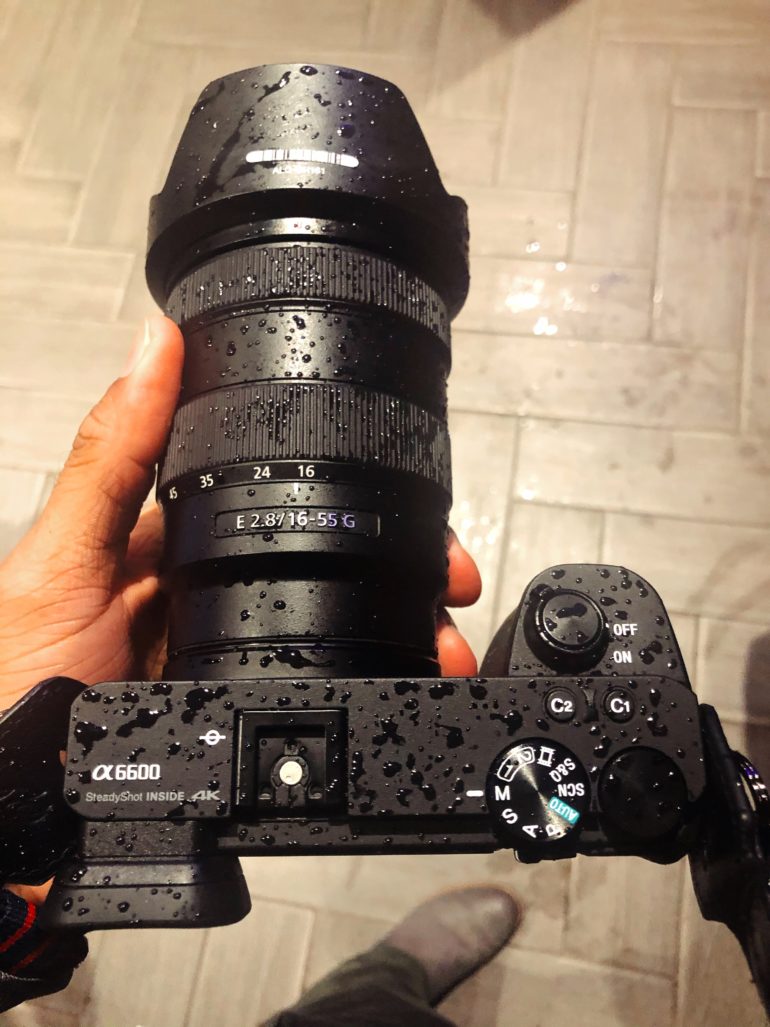
We took the Sony a6600 into several rainy scenarios and paired it with a few weather-resistant lenses. Both the camera and the lenses worked perfectly fine and continued to operate. New York gets some pretty intense and heavy rain. (It’s partly why we tend to go through shoes so quickly.) With that in mind, I can see the enthusiast who will put this camera through far less abuse having no trouble with the Sony a6600. I’d recommend pairing it with a dust and moisture-proof lens. Quite honestly, Sony’s 35mm f2.8 FE paired the best with this camera. Luckily, Sony has many small but excellent prime lenses that balance well on this and their FE bodies. To that end, you can use the Sony a6600 as a great backup camera in many situations.
With that said, the camera feels good in the hand, but there are many problems. Let’s get into this:
- A lack of a mode dial lock means that sometimes, you’ll change the modes inadvertently. It happened maybe twice during my review.
- A lack of three exposure control dials (there are two) is incredibly annoying. It would make using the camera much easier if there was a dial on the front by the shutter button.
- Why is there no joystick? Do you hate happiness? The touch and drag autofocus isn’t nearly as good as a dedicated stick. I found this to really be an issue when photographing dancers.
- Sony still refuses to make the camera’s touchscreen fully accessible. For years, this has felt like something Canon would do. You know what I’m talking about; the, “Let’s just not let the camera do this thing,” sort of nonsense. It’s incredibly frustrating that Sony could easily do this yet someone up there thinks that, in 2019, it’s a good idea to put a limit on it while the entire world uses touchscreen devices every day.
These are my main gripes about Sony a6600’s build quality. Will folks like it? Yes. But quite honestly, while this feels like a camera Sony is pushing as a game-changer when it comes to the APS-C market, it really only gives you better autofocus with the same stuff we’ve gotten from Sony for years. In my opinion, it’s very lame.
Ease of Use
The Sony a6600 is a bit of a mixed bag when it comes to ease of use. The menus are inherently very Sony in structure, and they’re annoying. You get used to them, of course, but when you really need the one thing you can’t find, you’ll spend a lot of time fiddling through the pages. This could have been made much faster by JUST LETTING US HAVE FULL USE OF THE TOUCHSCREEN. Alas, this isn’t the case and hasn’t been the case for several years. If you’re used to the Sony a6000 series models of cameras, then this is going to be easy to use. If you’re used to the FE cameras, then there is a bit of ergonomic rewiring you will need to do. While the two dials control shutter and aperture while locking your ISO, it would be more helpful to let me have control of all three via the dials.
Then we get to the most significant problem here: the joystick–or a lack of one. Because of the lack of a joystick, you’re best keeping the camera in full tracking AF mode and AF-C. You can surely set it to shoot and focus by using the LCD screen. But Sony’s implementation of touch and drag is pretty awful. There were many times I was trying to use this on the street or in a studio setting, and I felt really limited when I couldn’t get the shot. It’s frustrating.
In real-life use, something that folks will appreciate about the camera is the addition of IBIS. Personally, this isn’t as much of a problem, but I know a ton of folks who aren’t as still as I am.
Autofocus
I’m going to start the Autofocus section by talking about what’s terrible. Honestly, it’s the appalling focus peaking with third-party lenses. Sony’s focus peaking used to be phenomenal, but in recent years it’s become border unusable. There is focus magnification, but I shouldn’t need to do that. When I tried focusing on the Lensbaby Composer Pro and a lens, it was challenging to focus the optic even when the focus wasn’t shifted. Come on, Sony! A company with the capability of innovating at the level they do should be able to provide better things for photographers.
Luckily, the Sony a6600 has Sony a9’s focusing abilities. To that end, it can track a subject very well. We tested this in a studio with a dancer. She was kept in focus pretty easily. More importantly, her face was in focus. When it wasn’t, it switched to her body. But no matter what, the Sony a6600 delivered very usable images.
Face Detection
With the Sony a6600 getting the a9’s autofocus, it receives the AI boost for animal Eye AF and human Eye AF. So we put both to the test.
Good Boy AF
Using the 16-55mm f2.8, the Sony a6600 was able to lock onto an animal’s face, track it, and focus on it most of the time. Of course, this works better when stopped down. When wide open, it can have a few issues. Much of the problem comes with the shape of the dog’s face. For example, dogs that are all black and lack contrast in their faces give the Sony a6600 some difficulty. While we can easily make a joke about dog discrimination here, we do not think that’s Sony’s intention. In reality, it means that your Golden Retriever will easily be recognized by the Sony a6600 for the beautiful golden locks it has. But, your Black Labrador could trip up the Sony a6600. The adorable Frenchie below gave the camera some trouble, as did a Newfoundland. On the other hand, my neighbor’s Papillon was perfectly tracked with his white and black fur.
Human Face AF
Of course, the Sony a6600 has human eye AF too. For years, it has been phenomenal across the system, and it’s no different with the Sony a6600. It kept Casey’s face in focus the entire time and was able to anticipate her as she turned. Straight out of the box performance like this is only available with Sony. With Canon and Fujifilm, you need to tweak the system. Beyond this, we found the Sony a6600 to be absolutely workable for events. The camera detected faces quickly, even in low lighting. This is perfectly fine and great when it comes to AF performance. I didn’t find the Sony a6600 to be good enough for street photography though; people moving towards the camera weren’t kept in focus as well.
Image Quality
The image quality on the Sony a6600 is sort of a mixed bag. The RAW files are useful, and there is a lot of detail, but if you’re used to the FE cameras, then you’ll be spoiled rotten to move down to this camera. If you’re used to Fujifilm, then you’re going to miss the unique image quality that only X Trans sensors give you. And if you’re used to Canon, then you’re going to miss the colors and character. Beyond that, the Sony a6600 isn’t the best performer when it comes to high ISO output, and beyond ISO 1600, the image quality becomes pretty noisy.
RAW File Versatility

This image above is the edit that I did of the image below. At the lower ISO settings below ISO 1600, I feel like the Sony a6600 does a fantastic job. You can get an admirable amount of detail from the highlights, although the Fujifilm X Pro 3 does an even better job so far with what I’m seeing. If you’re looking to get into photography and you’re springing for the Sony a6600, you’ll realize that the camera is excellent to a point. Eventually, you may need more editing abilities. If you’re doing photojournalistic work, then the Sony a6600 is highly capable, providing you do that rare thing of working on getting it right in-camera.
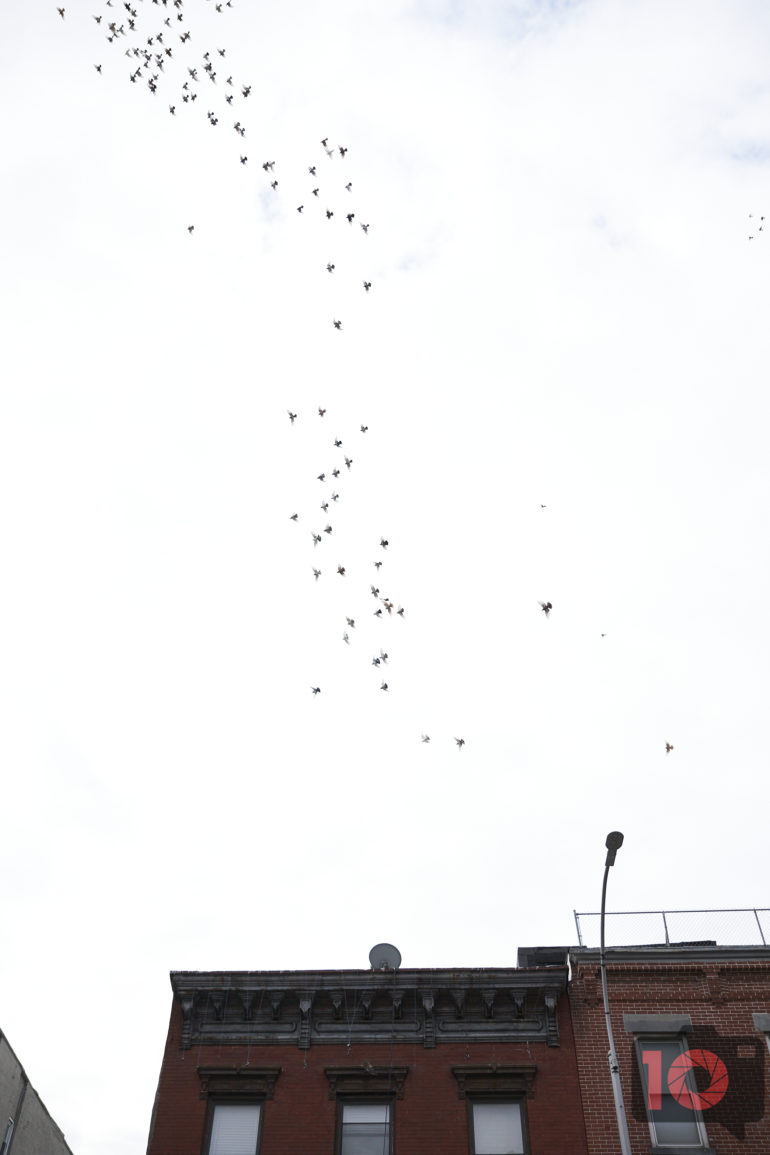
High ISO Output

Beyond ISO 1600, the Sony a6600 is pretty noisy and doesn’t print all that well. This reminds me of the Sony a6000–when that camera came out the noise was pretty bad. Then, they came out with the a6300 and then a6500. By the last generation, the high ISO output wasn’t all that bad. But this one isn’t my cup of tea. You can get an exceptional amount of detail from the sensor, but the IQ is noisy. Realistically speaking, this can be fixed in post. But if you’re going for a print or you want to use it for a professional gig, I’d probably look elsewhere unless you’re a good salesperson–or a fantastic photo editor.
When it comes to printing though, we have to admit that the Sony a6600 made some decently clean prints at ISO 6400. Fujifilm is still ahead and the Sony a6600 isn’t going to beat out any full frame camera when it comes to high ISO prints. But with a 17×22 print made on a Canon Prograf1000, the print was acceptable quality.
Extra Image Samples
Conclusions
Likes
- Small size
- Weather sealing
- Autofocus
- Bigger battery
- Image stabilization will be a welcome addition for many
Dislikes
- Sony makes incredible image taking devices, and I say that because this and many of their other products don’t feel like cameras.
- No joystick
- No third exposure control dial
- Sony refuses to give us a more usable touch screen
- Image quality above ISO 1600 breaks apart
- No dual card slots
- Lots of things from the old PlayMemories Store still aren’t being delivered. While it can do a timelapse, touchless shutter and multiple exposure mode aren’t available, amongst other things. But every other camera system has them.
- No USB C charging ability
When I was going through a number of our favorite cameras with Gear Editor Brett Day and Reviews Editor Paul Ip, Paul suggested that the Sony a6600 be given the Editor’s Choice award. But quite honestly, it doesn’t deserve it. Sony’s main innovations here are with the autofocus and the bigger battery–both things that were done with previous cameras by giving the a7 series the Z battery and simply porting the a9’s autofocus into a camera like this. In many ways, the Sony a6600 feels like a minor improvement. You’ve got a bigger battery, image stabilization (that this series of cameras should have had for years), and the autofocus system of another camera. Beyond that, you have the lack of a joystick, and a genuinely usable touchscreen, which limits the entire way that you can interact with and use the camera. This is unacceptable at this point, and this should have been fixed when Sony decided to update the a6000 series and bring out another update a few months later.
So, what do I like about the Sony a6600? The better battery life is excellent; but you always have to have a USB mini cable or a Sony charger with you to keep going. The standard these days is USB-C, and I’m perplexed as to why Sony didn’t update it. The autofocus is classing leading for sure–and the Sony a6600, in fact, has autofocus performance that Canon and Fujifilm could only dream of. Tack onto this the improved build quality and the image stabilization, and you’ve got yourself a pretty mediocre camera put out by the industry’s most innovative camera company. To a Sony user, this will all be just fine. But to a journalist who these days reaches more and more for his Canon and Fujifilm digital cameras, I’m getting a bit frustrated. What Sony has, Canon and Fujifilm lack. And what makes Canon and Fujifilm so fantastic is the stuff that Sony completely forgets about each and every time.
The Sony a6600 receives three out of five stars. Want one? Check out Amazon for the latest prices.


